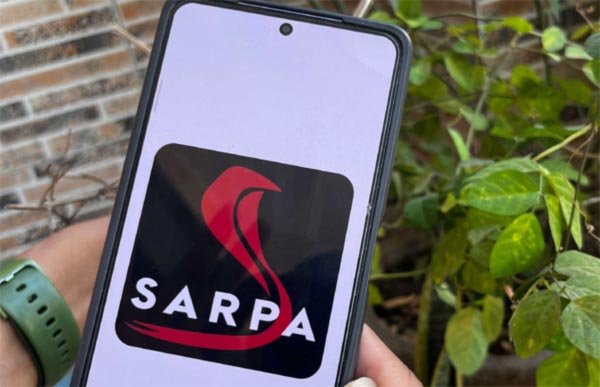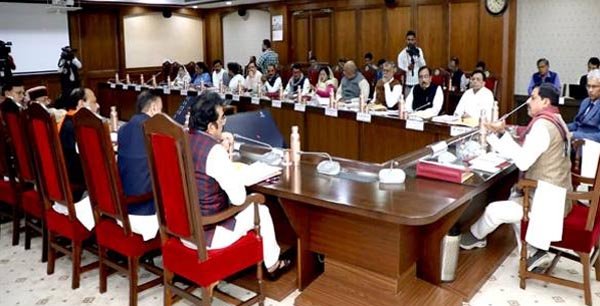Thiruvananthapuram, July 29 (UNI) With the expanded use of the ‘Sarpa App’, the number of deaths due to snakebites has significantly decreased in Kerala.
The app, which was launched to reduce fatalities from snakebites and to safely relocate snakes found in residential areas, will complete five years in August, according to the Forest Department.
For those undergoing treatment due to snakebites, the government provides medical assistance of up to ₹1 lakh.
In case of death, compensation is ₹10 lakh if the incident occurred inside a forest area, and ₹2 lakh if it happened outside.
The Sarpa App provides information to help identify different types of snakes, details of hospitals with available antivenom, and emergency contact numbers.
There are around 3,000 licensed volunteers across the state under the Sarpa initiative, with nearly 100 certified volunteers in the Thiruvananthapuram district alone. Among them, 20 are actively involved in field operations.
According to data from the Department, the number of snakebite-related deaths in Thiruvananthapuram district was reduced to just three last year.
The app’s Nodal Officer and Assistant Forest Conservator, Y. Muhammad Anwar, said that people from various sectors—such as government officials, farmers, and auto-rickshaw drivers—are working as volunteers.
As part of efforts to reduce human-wildlife conflict, the authorities have instructed all major government hospitals in Thiruvananthapuram to stock antivenom.
According to the Health Department, most snakebite patients admitted to hospitals were men. From April to December 2024, a total of 372 patients received treatment, while between January and June 2025, 226 people sought medical care.
Based on the directive, antivenom is now available in 16 hospitals across Thiruvananthapuram district.
The data shows that 28 people sought treatment for snakebites in April 2024. This number increased to 51 in May and 55 in June. In July, 44 cases were reported, followed by 40 in August, 32 in September, 56 in October, 39 in November, and 27 in December.
In 2025, 26 people received treatment in January, 34 in February, and 28 in March. In April, the number rose to 44, followed by 49 in May and 45 in June.











